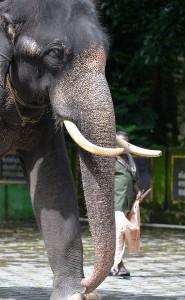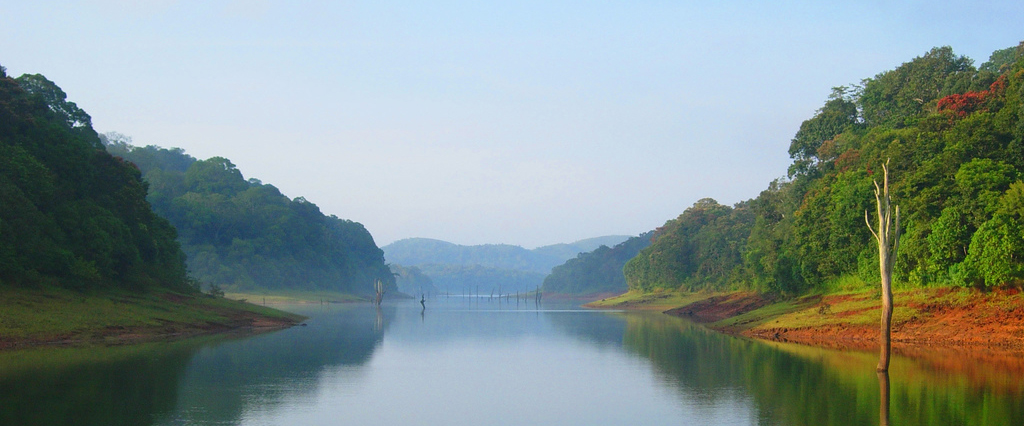
Kerala : Hidden paradise and the surrounding beauty of southern India
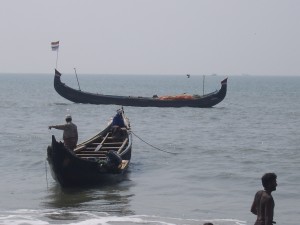
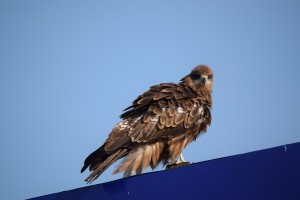
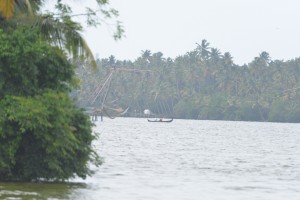
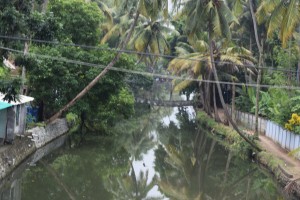
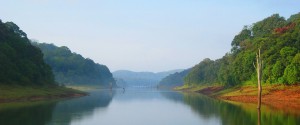
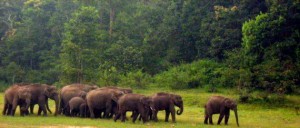
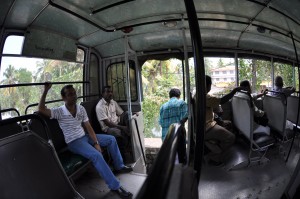
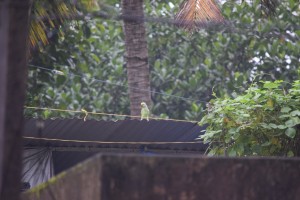
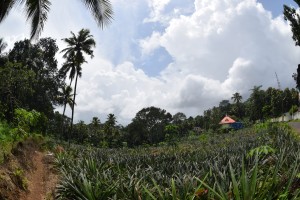
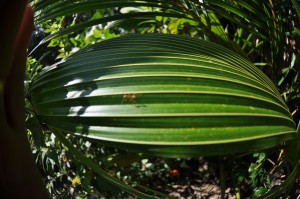
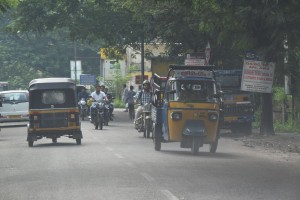
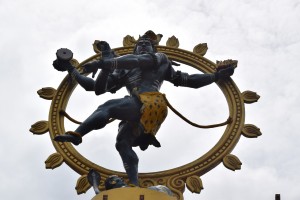
India is always a wonderful place to spend a holiday and there is so much culture to take in when you get there – the beautiful temples, forts, lush vegetation, sparkling waters and the friendliness and colourful dress of its inhabitants not to mention the unbeatable food. Why not try South India on your first or next visit, specifically Kerala famed for its hospitality?
The majestic calm and heavenly tranquility of rural Kerala , captivated by the lush green palm and coconut trees, the gentle brooks, lakes and rivers meandering through sparkling green vegetation, and the splendid architecture make Kerala a place well worth visiting, as noted above.
Kerala often named the Venice of the East, has natural back waters, and is a timeless land with a glorious civilization, so fragrantly endowed by nature.
After the dirt and the dust and diesel of Mumbai, Periyar and Tekkaddy – small and homely, are literally a breath of fresh air, in the countryside. The Kerala we saw was at peace with itself, with its largely unspoiled rural delights. The state has a 95 per cent literacy rate and a highly developed, socially conscious intelligentsia, with remarkable achievements in science, technology, philosophy, architecture, commerce and culture. The welcome was warm and sincere, the hospitality genuine as it has always been since time immemorial- a visitor is an honoured guest and what little you have you share with him or her.
Kerala is one of the most progressive states in India, and is cleaner than most parts of the continent. Hindus, Jews, Christians, Buddhists, Muslims, Jains:- all happily co-exist, treating religion as a private matter, a unifying force and not a divisive one. A most striking feature of Kerala is the many different cultures – Portuguese, Jewish, Chinese, Arabian and British which have left their mark. Cantilevered Chinese fishing nets left behind by the Chinese a few centuries ago are still used by local fishermen.
The Jews who were mistreated in Europe came to Kerala after fleeing the tyrannical rule of Nebuchadnezzar in 587BC and settled and prospered as they adopted the Malayalam language and cuisine as their own. A visit to the Jew Town in Kochi was a rare experience, quite different to the painful memories associated with East European ghettoes and their terrible pogroms. Here you will find well preserved and maintained synagogues and other religious and cultural reminders of a once lively Jewish presence as there are now only a handful of Jews in Kerala, most having left to settle in Israel.
Christians, too, came along before the colonial missionaries. St Thomas the Apostle set foot in Kerala in the first century AD, and the Syrian Christian church and community tracing its history back to the 2nd century AD. Having one of the oldest Christian churches in Asia, built in 400AD I Cranganoore, Kerala also testifies the pre-colonial presence in the state.
When the Portuguese, the first of the European sea-faring nations set foot on Keralan soil, they were astonished to meet fellow Christians and even more shocked that they had never heard of a man called the Pope.
Church, Mosque, Buddhist shrine and temple are all built within a few yards. Guruvayoor, Kerala’s largest temple, attracts Lord Krishna devotees from all parts of the state, most of whom have brought offerings and patiently waited their turn to pray in the inner chamber.
The drive from Munnar the tea plantation headquarters, to Cochin took us through endless stretches of verdant fields of tea and rubber plantations.
Cochin is the commercial capital of Kerala with one of the world’s finest harbours and a naval port.
After cruising around Cochin’s backwaters a visit was paid to the Bolgathy Palace built in the 17th century by the Dutch and also the Dutch Palace, built in 1555AD with murals inspired by the Ramayana.
Auto-Rickshaws or Tuk-tuks are the most popular form of transport – cheap by western standards.
Kerala is famed for its beautiful temples, some are very old, built centuries ago and others are relatively new. They are close to rivers, streams and ponds and lovingly and imaginatively designed, with superb craftsmanship, artistry and tender loving care.
The construction of temples includes ingeniously created sculptures by artists with a divine touch. In Kerala where art and artistry are inseparable from every day life, the craftsman is not an endangered species as he is energetic and confident.
The devoted artists whose work goes back to early 16th century include those who designed and built the Shree Padmanabhaswamy Temple commissioned by the Maharajah of Travancore. This is the birth place of the divinely handsome Lord Vishnu, who in a life-like sculpture reclines on the Serpent God Ananthan. There is also a huge statue of Hanuman, the Monkey god.
From Trivandrum to the Lands End, The Cape Comorin, Kanyakumari, the most southerly tip of South India, where converge the Indian Ocean, Bay of Bengal and the Arabian Sea, what a glorious spectacle! On this spot, built on a rock is the Kanyakumari Goddess Temple, Gandhi Museum and the Vivekananda Memorial.
On the way back, pay a visit to Kovalam beach, where the Mayura Health club which specialises in Ayurvedic oil massage by professionally qualified specialists, will make you feel rejuvenated.
No visit to Kerala will be complete without a tour of the legendary backwaters which stretch from Kollan (Quilon) to Allappuza (Alleppey), and to imagine how most of this famed waterway is used for the transport of goods, passengers and tourists. This heavenly cruise route with its maze of natural canals and bridges reminds one of Italy’s ever popular Venice. While Poor Venice is undergoing an environmental trauma with many of its polluted canals and buildings either abandoned or neglected, the Keralan backwaters are relatively pollution-free and in the most part clean with ubiquitous coconut trees on either side:- they leave Venice in the shade.
On the banks you can see housewives scrubbing their pots and pans, washing their clothes and hanging them out to dry. The river has always been an important factor in the evolution of civilisations, for without the fertile soils they provide on their banks, it would be difficult to grow the food necessary for human survival. The produce from the farms are transported by the small boats through the backwater routes to nearby markets. The backwaters are home to some very important events. In March there is the Aramula Boat Race followed in August by the Nehru Trophy Boat Race. If you go in January you will be able to witness the Great Elephant March. Periyar, the home of a wild life sanctuary, is a paradise for many species of lively monkeys, screeching and hopping excitedly from tree to tree, as well as Tigers and elephants.
In Tekkady, the Spice Village Hotel is built in the traditional Indian fashion with fragrant Jasmine, a large bright oil lamp in the reception area, and trays of rice and some condiments and more flowers, and you will find there is nothing like a traditional Indian welcome.
For more information and some guidance contact the Indian Tourist Office
Ms. Roma Singh, Regional Director – Europe (Additional Charge)
Mr. R.K. Sunani, Assistant Director
Mr Amit Kumar Gupta, Tourist Information Officer
India Tourism
26-28, Hammersmith Grove,
London, W6 7BA.
Phone: +44 20 7437 3677,
Fax: +44 20 88341112,
E-mail: info@indiatourismlondon.org, raj@indiatourismlondon.org – See more at: http://incredibleindia.org/index.php/india-essencials-getting-to-india/getting-to-india/india-tourism-office#sthash.eTjcvq8j.dpuf

